A civilization without a center.
It orbited the system like a closing bracket, tidally locked in its own silence. It held no atmosphere, no magnetosphere, no known life. Too far from Luminor for warmth, too stable for chaos, too empty for value. The surface was crusted in frozen minerals no one bothered to mine. It had no moons of its own. No ports, no cities, no beacons. No standard name that held across cultures. Just a scatter of designations, most of them abandoned.
What maps recorded it did so only because it remained — a constant blip on long-range scans, a cold ellipsis on a chart already full. It wasn’t a mystery. It was a placeholder. A destination no one visited.
An afterthought.
But not the moons.
The moons were known.
And though for much of their early histories the moons lived in isolation — evolving languages, beliefs, and technologies beneath separate skies — time and gravity pulled them inward. Bit by bit, their paths intersected. Curiosity followed. Then suspicion. Then contact.
First came signals — bursts of pattern across static, barely understood. Then landers. Then visitors. Then ships with names and banners and cargo manifestos written in eight alphabets. Trade was born not from generosity but from need. Knowledge was exchanged, then hidden, then bartered back. Secrets became alliances. Borders became corridors. And over centuries, the collisions of culture became rhythm.
Out of this rhythm, after generations of war and exhaustion, rose something unexpected: the Circumlunar Commonwealth. A pact. An agreement not to conquer, but to endure. Not to unify, but to coexist.
It was not the dream of poets or philosophers. It was the solution of administrators and engineers, of merchants who feared famine, of archivists tired of rewriting borders every cycle. It was not forged in fire. It was assembled — clause by clause, ship by ship, with signatures, pressure seals, and painfully negotiated silence.
Now, for three thousand years, the Commonwealth has held.
Not always cleanly.
Not always well.
But it has held.
The moons turned.
The Senate met.
The tides obeyed.
And far above them all, Typharion spun — ancient, vast, indifferent — its storms pulsing in the dark, as it always had.
Until now.



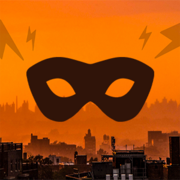
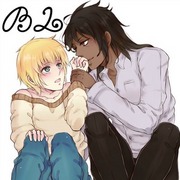


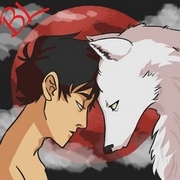

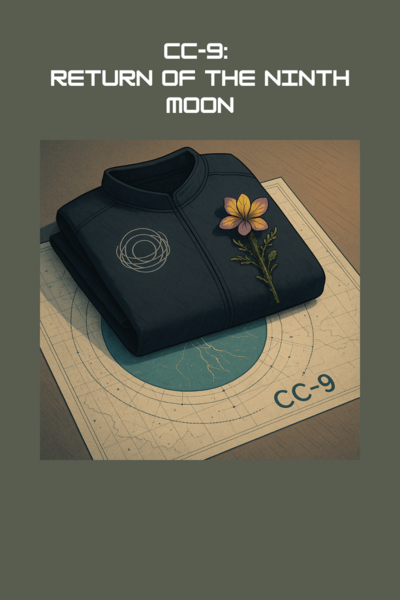
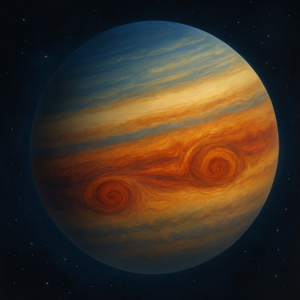
Comments (0)
See all